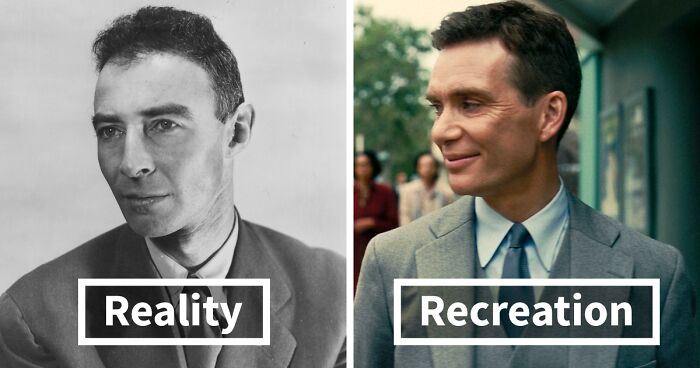
‘Oppenheimer’ Breaks Several IMAX Records, And Here’s How The Movie Compares To The Real Story
On July 21, Christopher Nolan’s new biopic following the story of theoretical physicist J. Robert Oppenheimer was released in countless cinemas around the globe. Oppenheimer has had a historic opening weekend, already breaking several IMAX records and performing even better than anticipated in box offices around the world. The film was only expected to earn $50 million in the United States and $100 million globally during its opening weekend, but it had already brought in $33 million in the US on opening day.
The three-hour long drama, starring Cillian Murphy, tells the story of the “father of the atomic bomb” and has left many audiences curious about the real life of the physicist and how the movie compares to his story.
The three-hour long biopic, directed by Christopher Nolan, tells the story of theoretical physicist J. Robert Oppenheimer
Image credits: Unknown author
Oppenheimer has been immediately popular among audiences, bringing in $174 million at the box office during its opening weekend. Described as a “dialogue-heavy three-hour epic about the end of the world” by Collider, it’s likely that director Christopher Nolan and the film’s star-studded cast have been pleasantly surprised by the film’s success. The movie stars Cillian Murphy, Florence Pugh, Robert Downey Jr., Emily Blunt, Rami Malek, Matt Damon, and features even more familiar faces such as Kenneth Branagh and Casey Affleck.
Wendy Ide at The Guardian describes the film as “a towering achievement” in her review. “Not surprisingly, given Nolan’s preference for shooting on Imax 70mm film, the picture has a depth of detail you could drown in,” she writes. “There’s no shortage of scenes of furious blackboard scribbling, the accepted cinematic signifier of scientific genius. But more interesting are the abstract moments; it’s as though we are venturing into the heart of the atom itself. Equally inventive is the way the sets seem to quake at moments of tension. Oppenheimer’s world is literally rocked by the shockwaves of the reaction that has been set in motion.”
Oppenheimer, portrayed by Cillian Murphy, is best known as “the father of the atomic bomb”
Image credits: Universal Pictures
It was important to Christopher Nolan that he portray Oppenheimer’s story accurately in his film that explores both the physicist’s life and legacy. “What I wanted to do was take the audience into the mind and the experience of a person who sat at the absolute center of the largest shift in history,” Nolan shared in the film’s production notes. “Like it or not, J. Robert Oppenheimer is the most important person who ever lived. He made the world we live in, for better or for worse.”
Image credits: Universal Pictures
While the physicist’s childhood is not featured in Nolan’s film, Time dissected how the biopic compares to the real story. He was born in 1904 into an affluent Jewish family in New York City and graduated from Manhattan’s Ethical Culture School in 1921. His parents were first and second-generation Americans of German-Jewish descent, but Oppenheimer did not embrace this heritage for much of his life, denying that he was German or Jewish.
He went on to study at Harvard, but antisemitism, along with the Nazis’ rise in Germany, affected the way he viewed his culture. He stated in 1954 that he had a “continuing, smoldering fury about the treatment of Jews in Germany,” and helped relatives escape to the US.
The film also stars Florence Pugh as Jean Tatlock, a member of the Communist Party and former girlfriend of Oppenheimer
Image credits: Universal Pictures
Oppenheimer graduated summa cum laude from Harvard in 1925 and went on to conduct research at the University of Cambridge’s Cavendish Laboratory under British physicist and 1906 Nobel Prize winner J. J. Thomson, as the film shows. However, Oppenheimer began struggling with mental health issues while there and was eventually put on probation.
Oppenheimer returned to the US in the late 1920s, and began an assistant professorship at the University of California, Berkeley. Over the course of the next 14 years, he turned Berkeley into one of the best theoretical physics programs in the country and gained a loyal following of younger physicists.
After finding himself in a rocky relationship with Stanford Medical School student and Communist Party member Jean Tatlock, portrayed by Florence Pugh, Oppenheimer began showing an interest in left-wing politics. He was never officially a member of the Communist Party himself, but many of his close friends and family members were, including his brother Frank, friend Haakon Chevalier, and future wife Katharine “Kitty” Puening.
Emily Blunt plays Katharine “Kitty” Oppenheimer, the physicist’s wife
Image credits: Unknown author/Universal Pictures
Matt Damon plays Lieutenant General Leslie Groves, the US Army Corps of Engineers officer who directed the Manhattan Project
Image credits: Unknown author/Universal Pictures
Robert Downey Jr. plays Lewis Strauss, the driving force in the hearings that had J. Robert Oppenheimer’s security clearance revoked
Image credits: Unknown author/Universal Pictures
In 1942, Oppenheimer has selected for the Manhattan Project, the US government’s secret project to build an atomic bomb. General Leslie Groves, portrayed by Matt Damon, made Oppenheimer the scientific director of the program, and in 1943, the Los Alamos Laboratory was build in New Mexico. Oppenheimer assembled a group of scientists to live and work at Los Alamos until the bomb was complete, and less than three years after the lab was created, they conducted the world’s first nuclear weapon test, the Trinity test. The test was considered a success in that the bomb worked, but it caused devastation to the Indigenous people living in the surrounding area, which is apparently not acknowledged in the film.
Only 3 weeks after the Trinity test, the US detonated two atomic bombs over Hiroshima and Nagasaki in Japan, killing between 110,000-210,000 people, mainly civilians. Following the war, Oppenheimer visited the White House and told President Harry S. Truman, “Mr. President, I feel I have blood on my hands,” which was depicted in the film.
Image credits: Universal Pictures
Image credits: Universal Pictures
Towards the end of his life, in 1966, Oppenheimer was presented with the Enrico Fermi Award from the Atomic Energy Commission. In his acceptance speech, he referenced President Thomas Jefferson’s odes to “the brotherly spirit of science.”
“We have not, I know, always given evidence of that brotherly spirit,” he stated. “This is not because we lack vital common or intersecting scientific interests. It is in part because, with countless other men and women, we are engaged in this great enterprise of our time, testing whether men can both preserve and enlarge life, liberty, and the pursuit of happiness, and live without war as the great arbiter of history.”
Image credits: Universal Pictures
Viewers have shared their thoughts on the fascinating film online
Nolan's level of summarizing the whole entity, by that ending scene between Einstein & Oppenheimer is literally bigger explosive than that goddamn A bomb 🔥
Nolan's level of summarizing the whole entity, by that ending scene between Einstein & Oppenheimer is literally bigger explosive than that goddamn A bomb 🔥

 Dark Mode
Dark Mode 

 No fees, cancel anytime
No fees, cancel anytime 






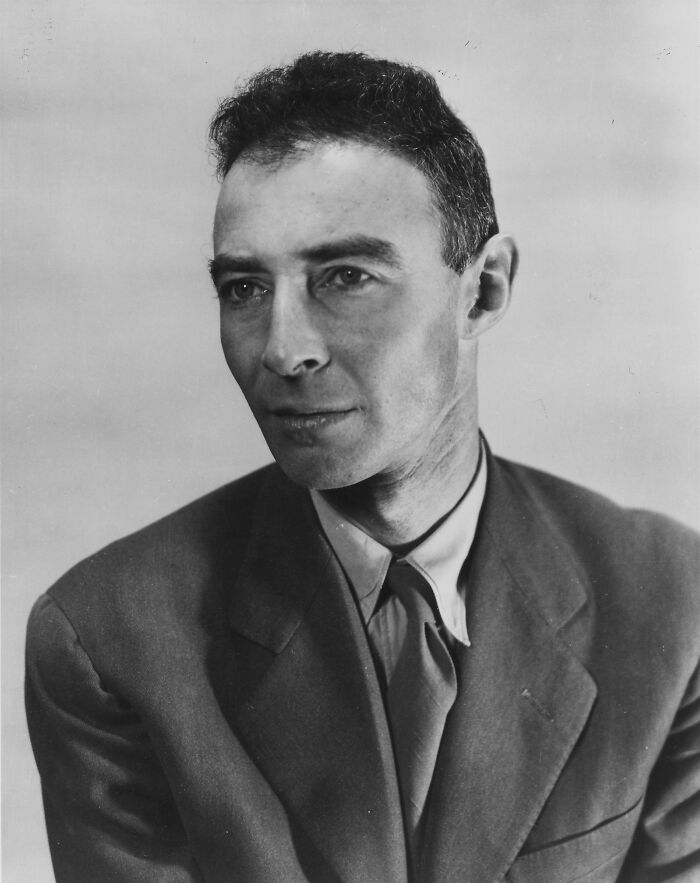
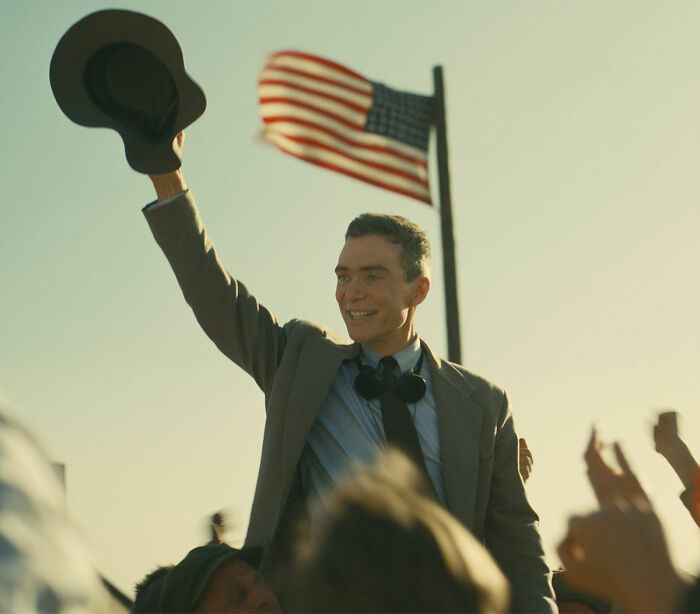
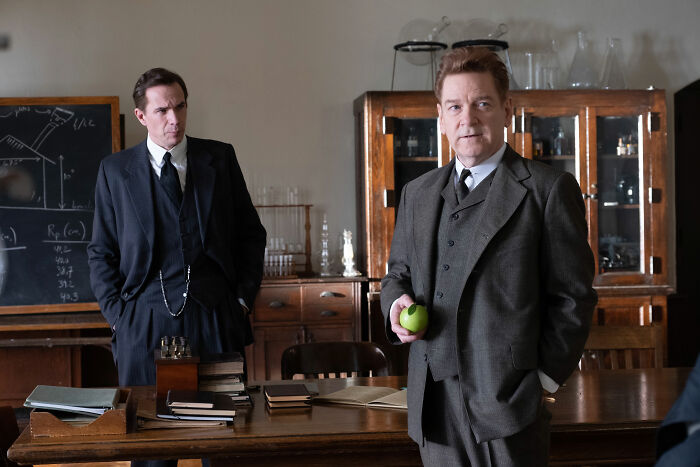
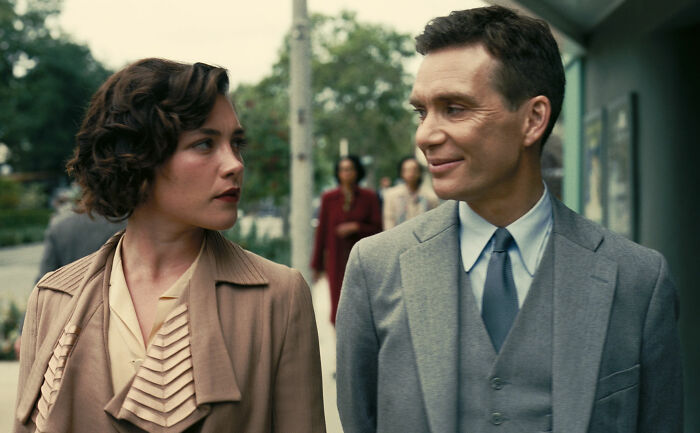
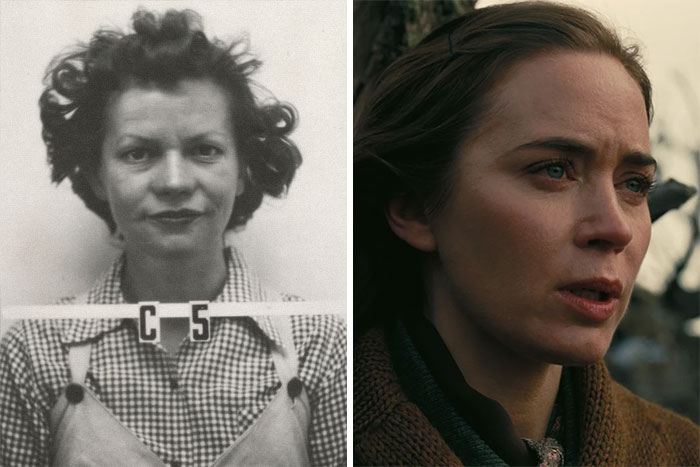
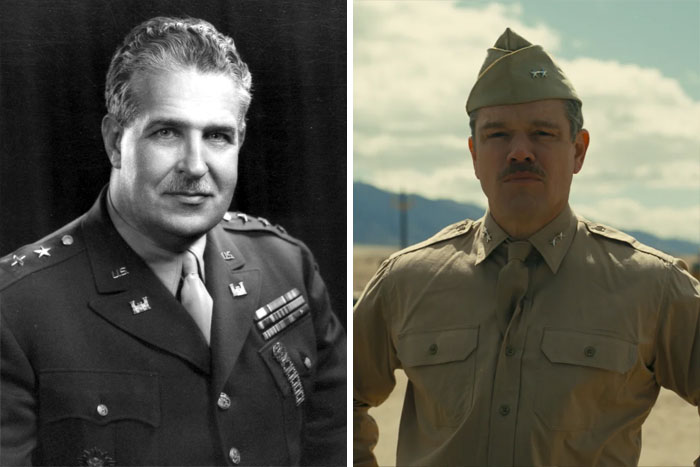
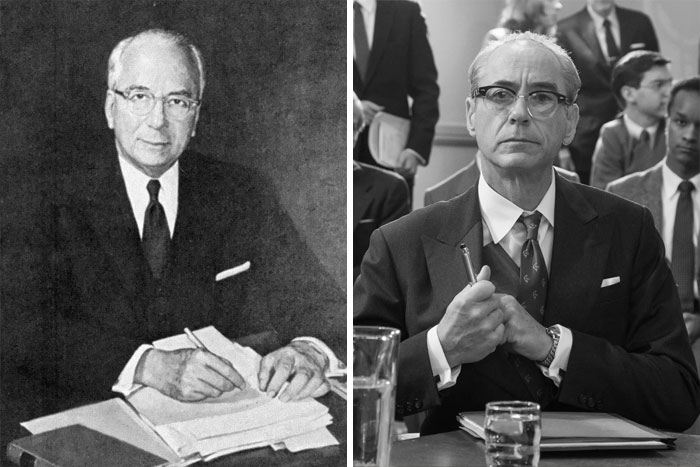
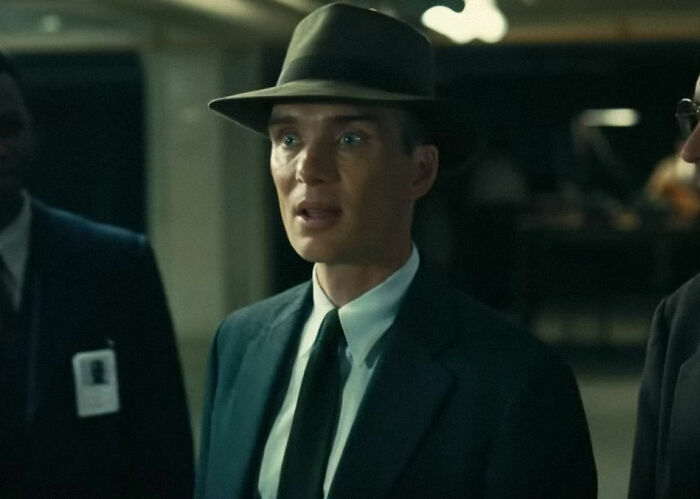
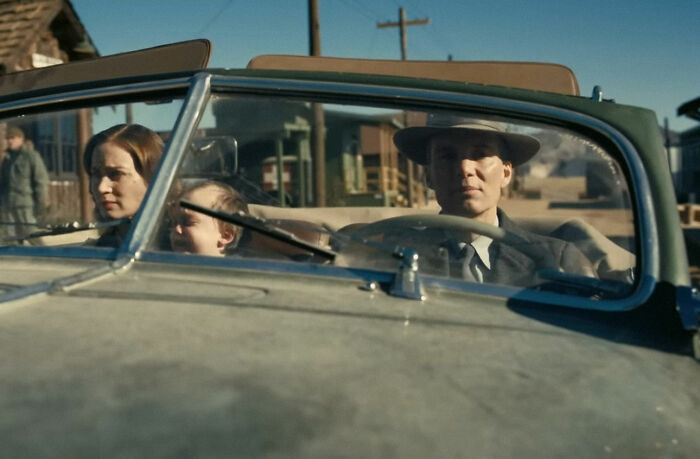
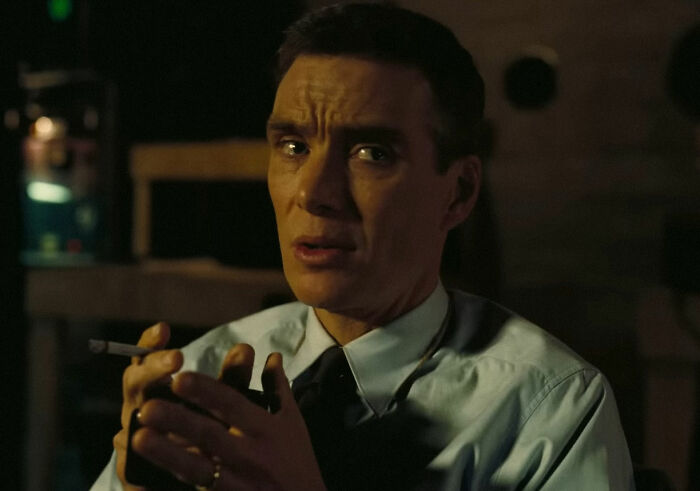


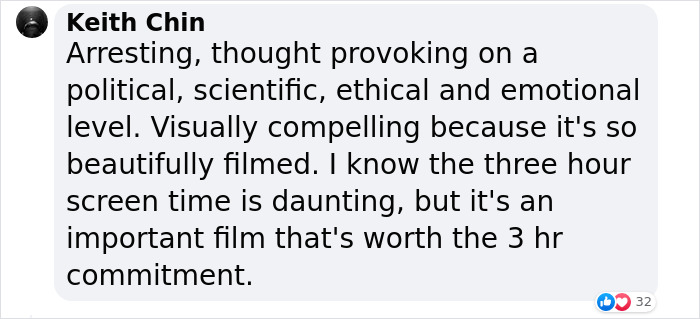





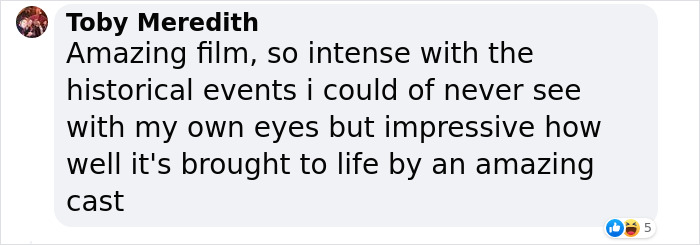








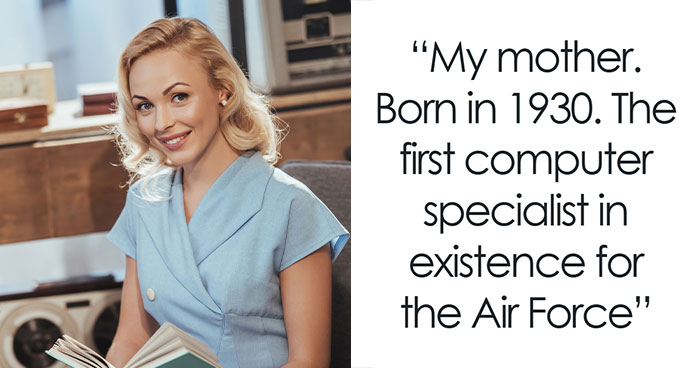


































81
32